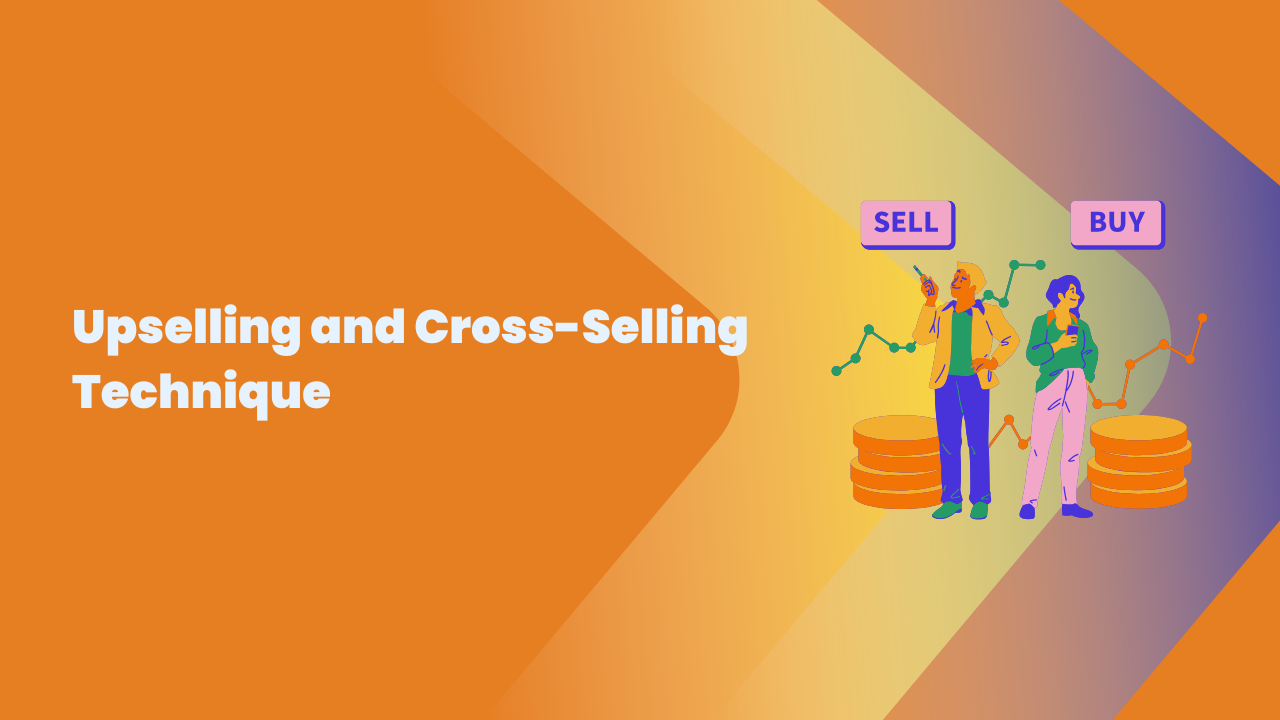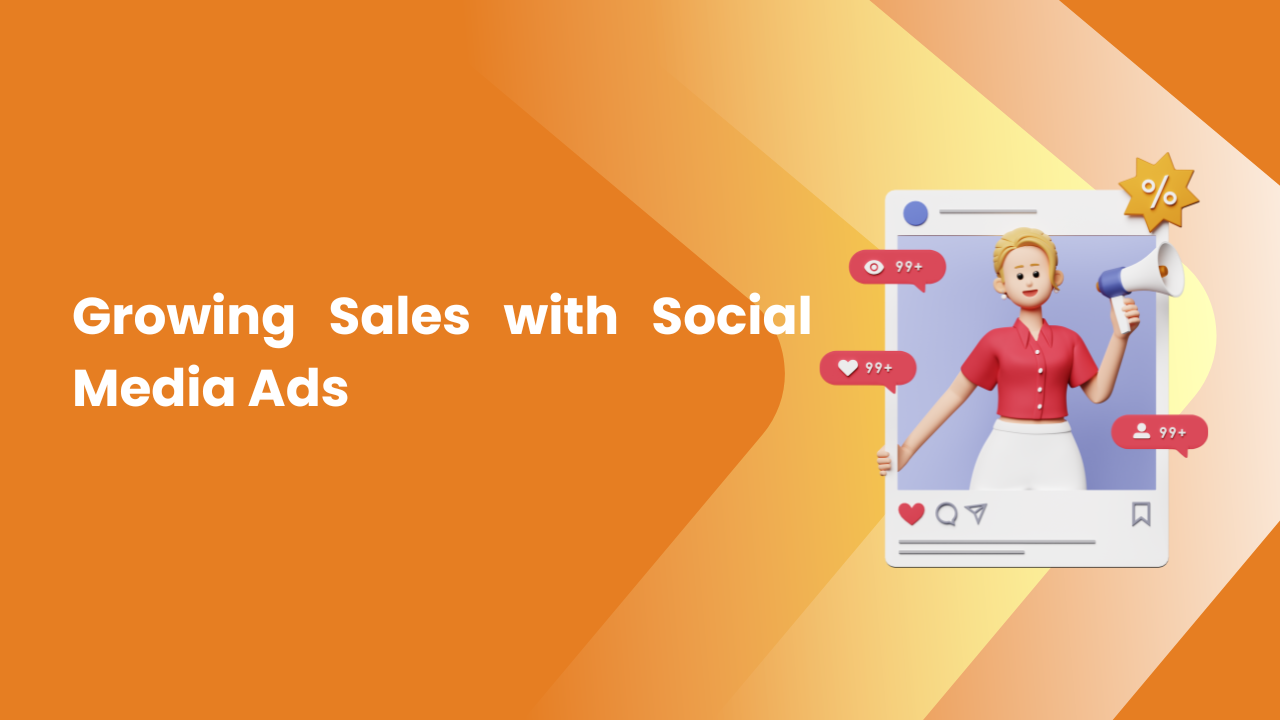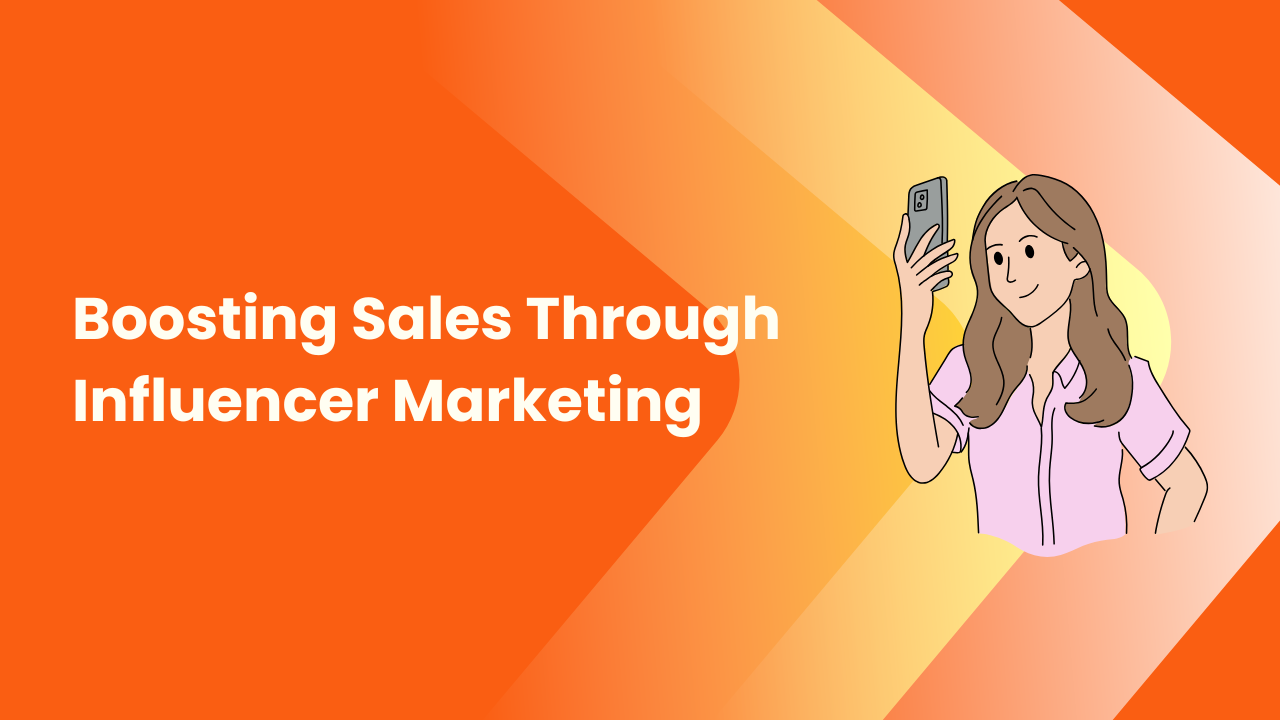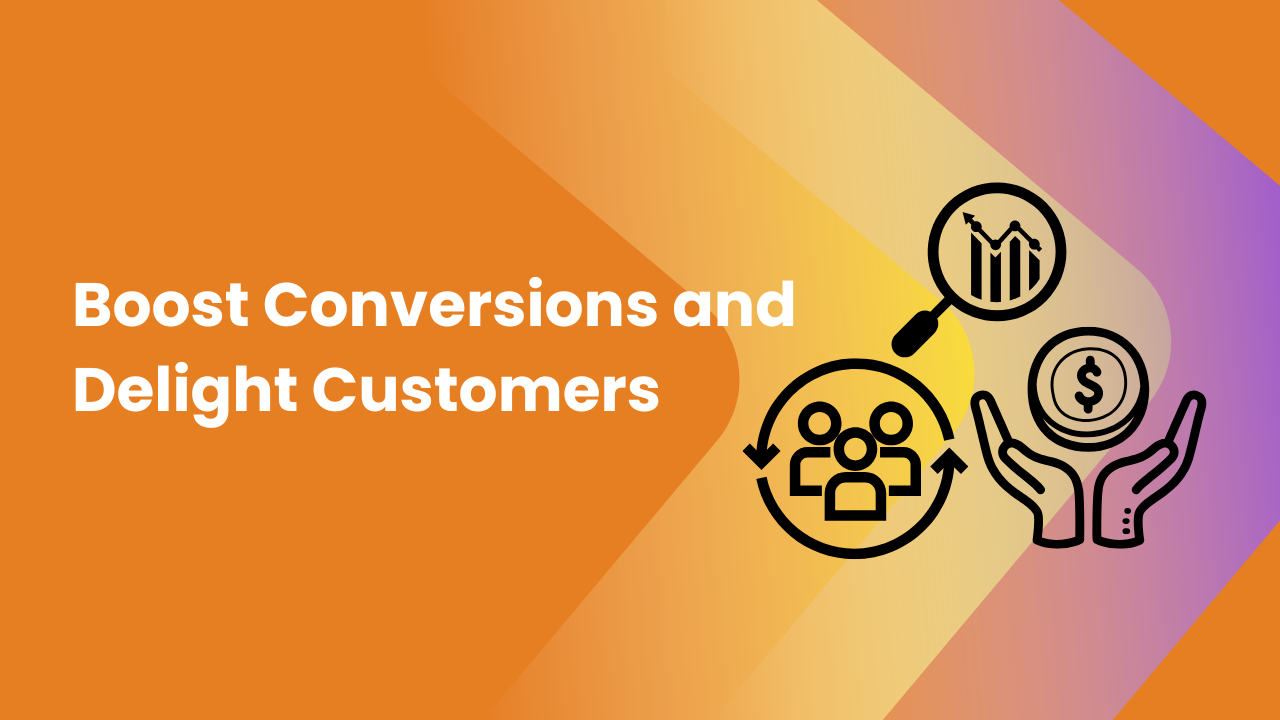Share this Article
Introduction
When it comes to driving online sales, your pricing strategy plays a crucial role. Pricing isn't just about numbers; it's about how you present those numbers to influence customers' purchasing decisions. Implementing psychological pricing techniques can make a significant difference in your ability to convert visitors into paying customers.
In this article, we'll explore several psychological pricing strategies that can help you boost your online sales and outshine your competitors.
1. The Power of Odd-Even Pricing
A well-known psychological pricing trick involves pricing products with odd numbers, such as $9.99 or $19.95, rather than rounding them up to whole numbers like $10 or $20. This approach makes the price appear lower than it actually is.
- Why It Works: Consumers tend to perceive prices like $9.99 as being much lower than $10, even though the difference is just one cent. The brain sees the number as being closer to a lower price point, thus encouraging purchases.
2. Anchoring Prices for Better Perception
Anchoring refers to the practice of setting a higher “reference” price next to the actual price of your product. By showing the original price alongside the sale price, the consumer is more likely to feel they are getting a better deal.
- How It Works: If a product was originally priced at $50 but is now discounted to $30, the $50 price acts as an anchor. This makes the $30 price seem like a much better deal, even though the value of the product hasn’t changed.
3. Free Shipping: A Game Changer
Shipping costs often discourage potential buyers from completing a purchase. Offering free shipping can remove this barrier and lead to higher sales.
- Why It Works: Customers are drawn to the idea of getting something for free. Even though the cost of shipping might be included in the product price, the offer of “free shipping” can make the purchase feel like a better deal, thus increasing conversion rates.
4. The Decoy Pricing Strategy
Decoy pricing involves offering three options for a product: a low-priced one, a high-priced one, and a mid-priced one designed to make the higher-priced option look like the better value.
- How It Works: For example, if you offer a product for $20, a middle-tier option for $35, and a premium option for $40, the $35 product makes the $40 option look like a great deal, even though both products may be very similar. This strategy pushes consumers to opt for the more expensive choice.
5. Urgency and Scarcity with Time-Sensitive Offers
Limited-time offers and countdown timers are often used to create urgency, encouraging customers to act quickly before missing out on a deal.
- How It Works: When shoppers feel they may miss out on a great offer, they’re more likely to make a quick decision. By setting a deadline for a promotion or discount, you can trigger the fear of missing out (FOMO), which encourages immediate purchases.
6. Bundling Products for Increased Value
Bundling is a strategy that offers multiple products for a single, discounted price. This increases the perceived value of the purchase and can encourage customers to buy more than they initially intended.
- Why It Works: Consumers feel they are getting more for their money when they buy bundles. This approach increases the average order value and can be particularly effective for complementary products.
7. Using Decoys for Subscription Plans
In subscription-based pricing models, offering multiple tiers with a decoy option can help guide consumers toward your preferred plan. The decoy is often designed to make the mid-tier or high-tier option seem like the best deal.
- How It Works: Offering a basic, standard, and premium subscription, with the standard option priced close to the premium one, makes the premium option appear to be the better value. This technique nudges customers toward the higher-priced plan.
8. Smart Pricing Around Psychological Price Points
Certain price thresholds, like $24.99, $49.99, or $99.99, are often seen as ideal because they are just below the next higher whole number. Prices that end in these figures tend to convert better than slightly higher or lower amounts.
- Why It Works: Consumers tend to perceive prices slightly below round numbers as significantly more affordable, making them more likely to purchase. This simple pricing adjustment can make a notable difference in your sales.
9. Premium Pricing for Higher Perceived Value
Consumers often associate higher prices with higher quality. By pricing some of your products higher, you can influence how customers perceive their value and quality.
- How It Works: Offering a higher-priced version of a product, even if it's similar to a less expensive option, can elevate the perception of quality. Shoppers may opt for the pricier item because they believe it offers superior value.
Conclusion
Psychological pricing is a powerful tool that can influence consumer behavior and increase online sales. By utilizing strategies like odd-even pricing, decoy pricing, urgency tactics, and bundling, you can create a more appealing shopping experience that drives customers to purchase.
By understanding how pricing can impact decision-making, you can better align your pricing with the psychology of your customers and boost your sales. Experiment with these tactics to see how they work for your business, and soon you’ll be able to unlock the full potential of your online store.
Categories:
Sales & Conversion
Tags:
PsychPricingHacks







